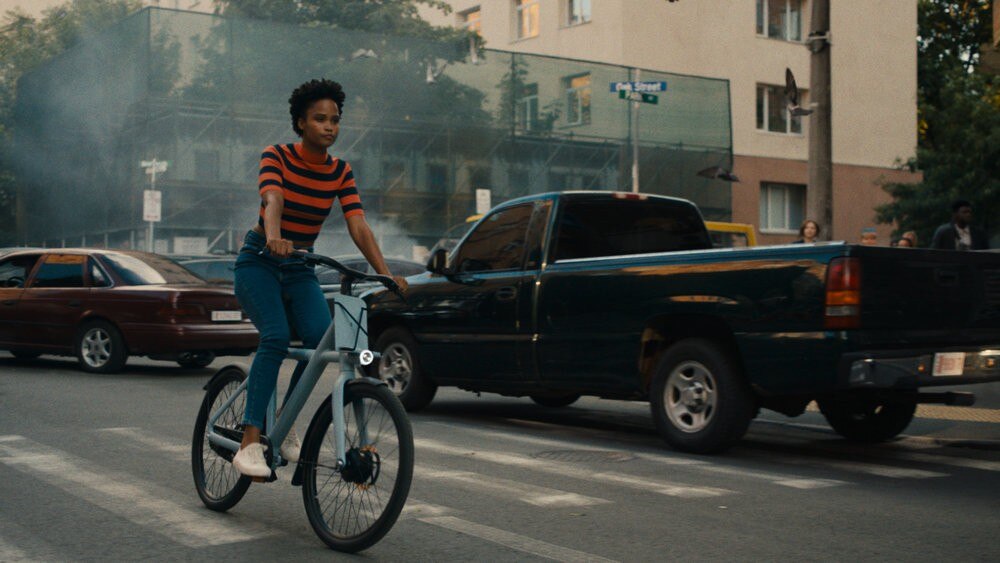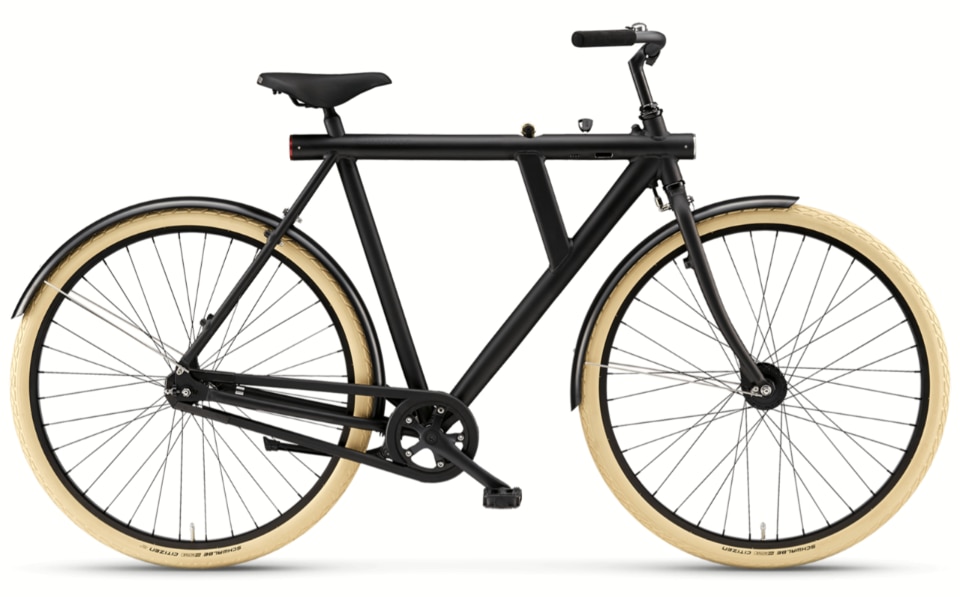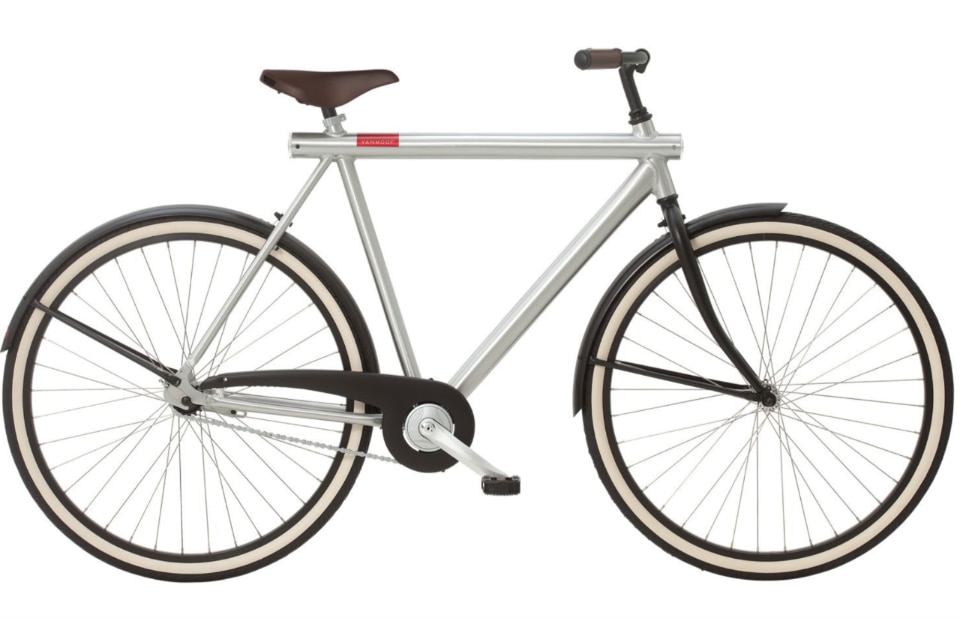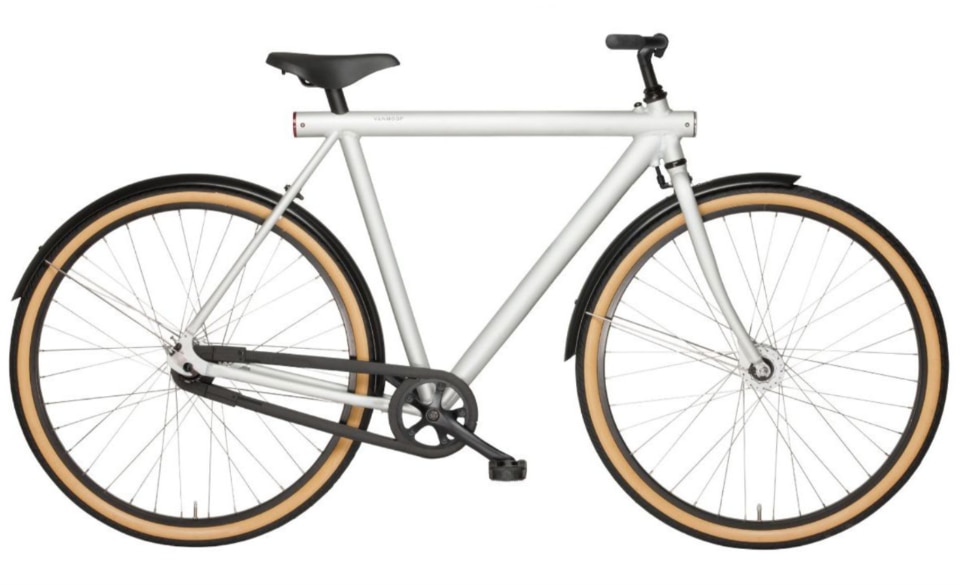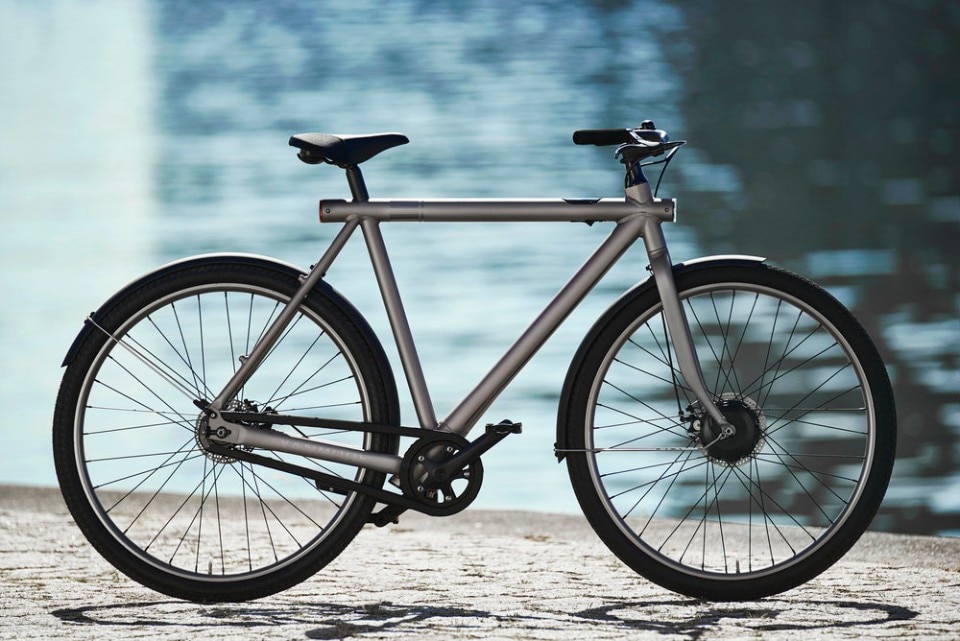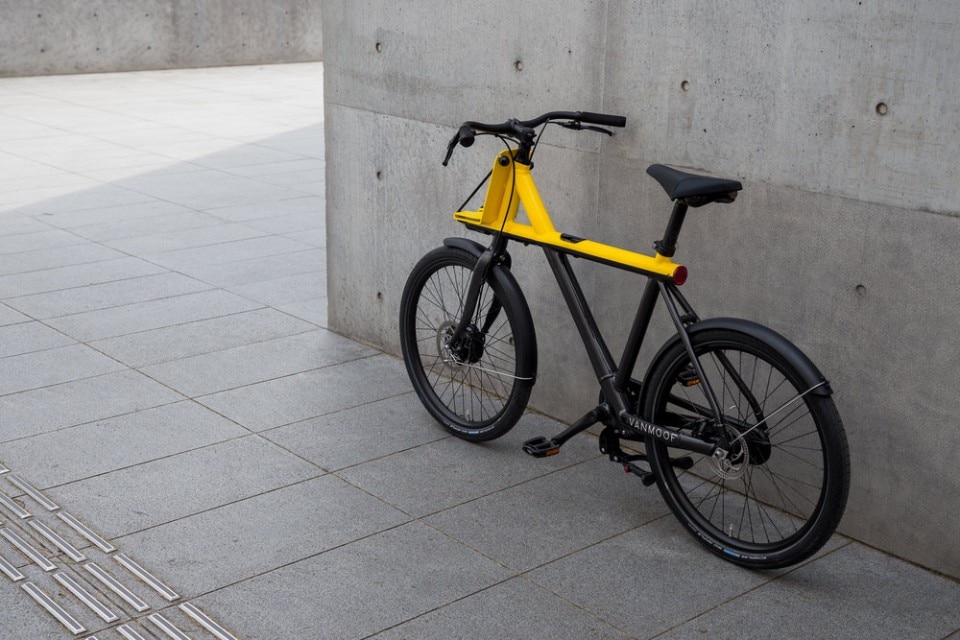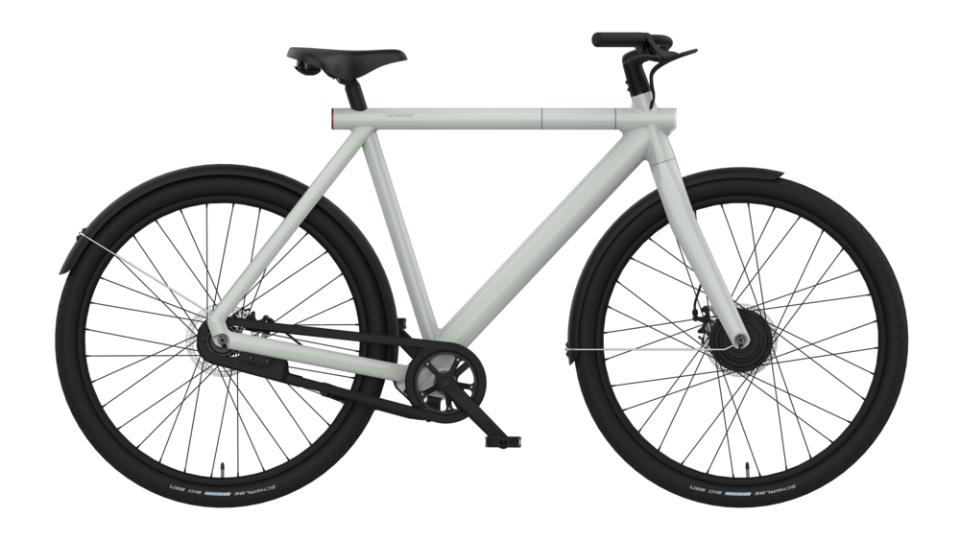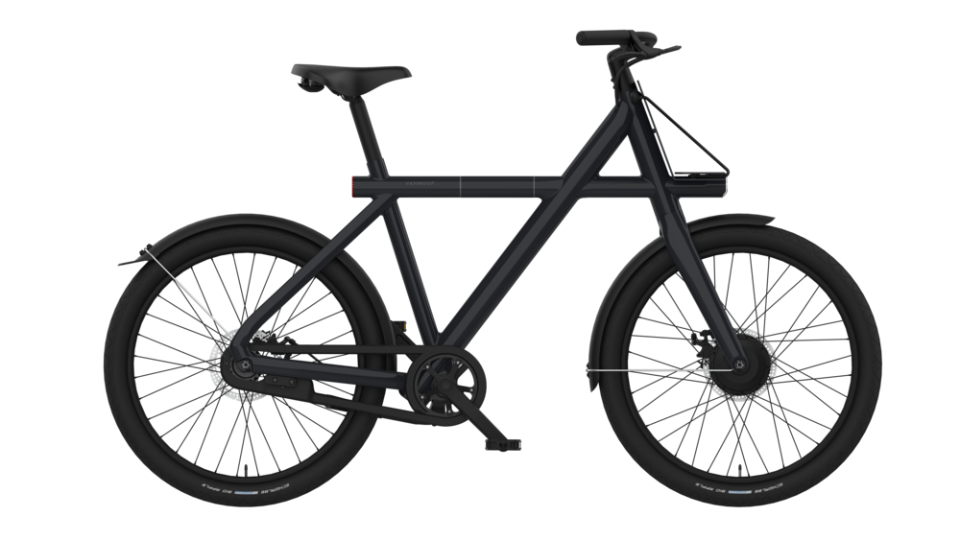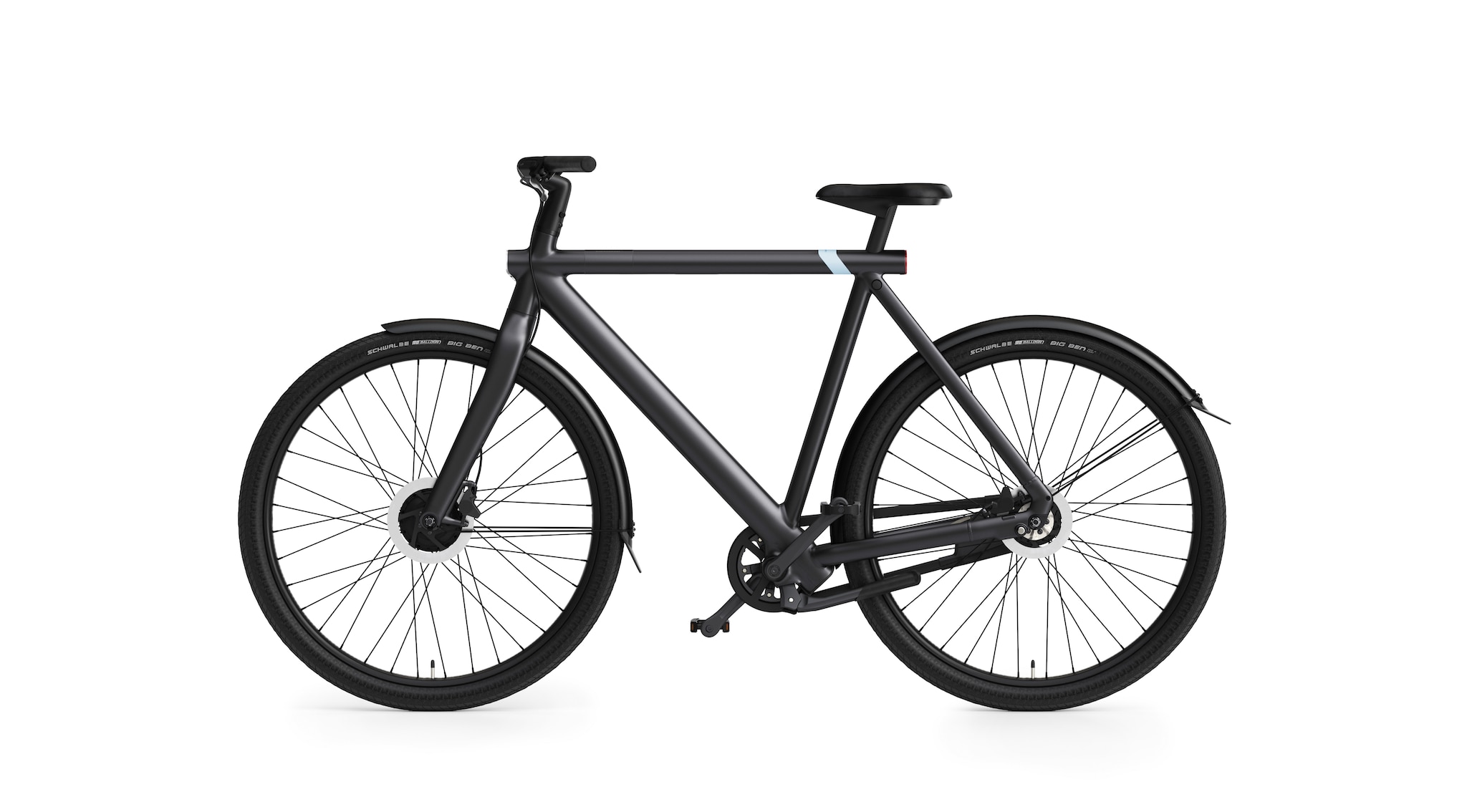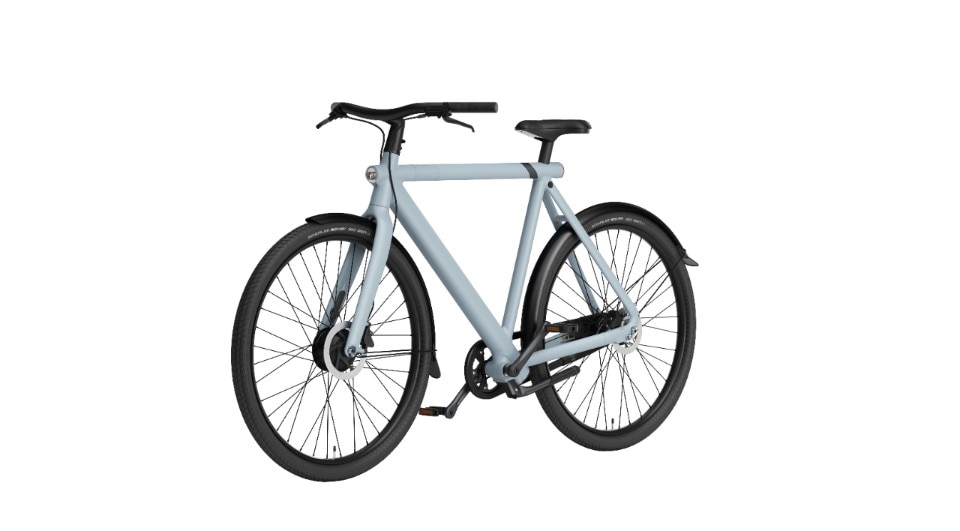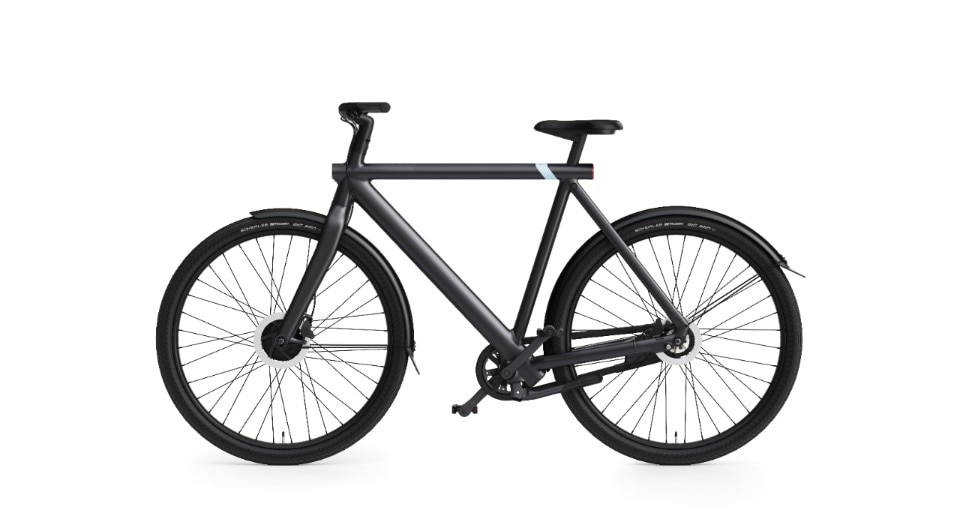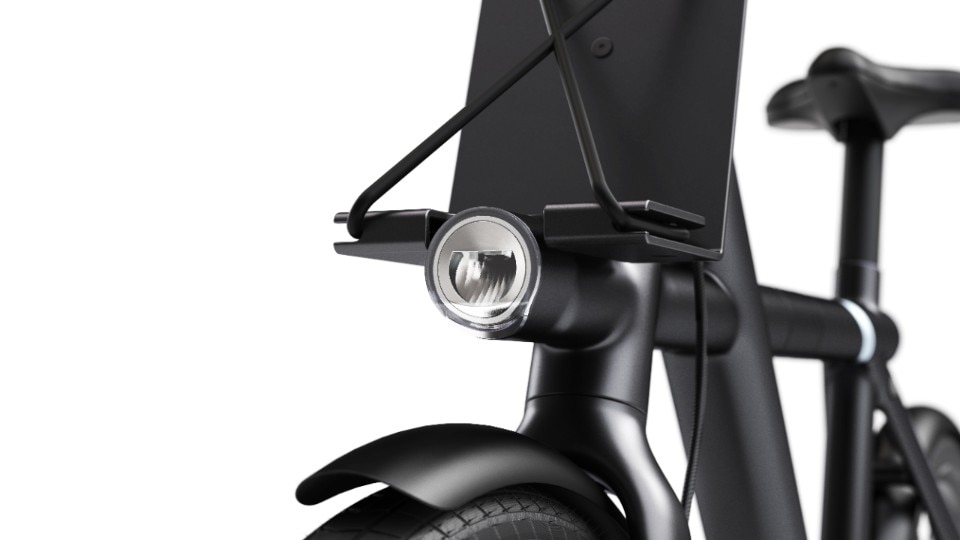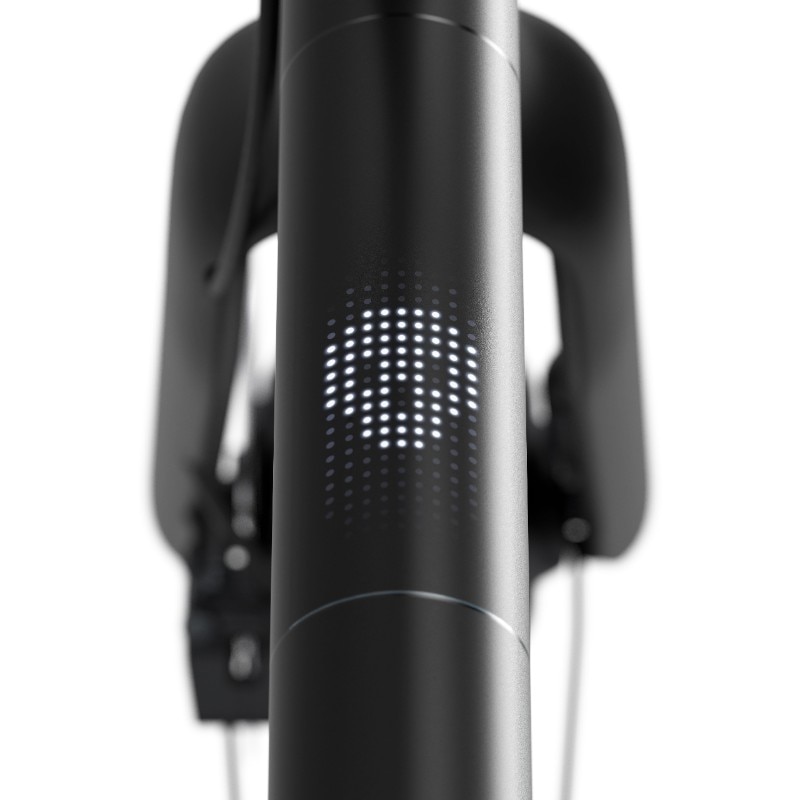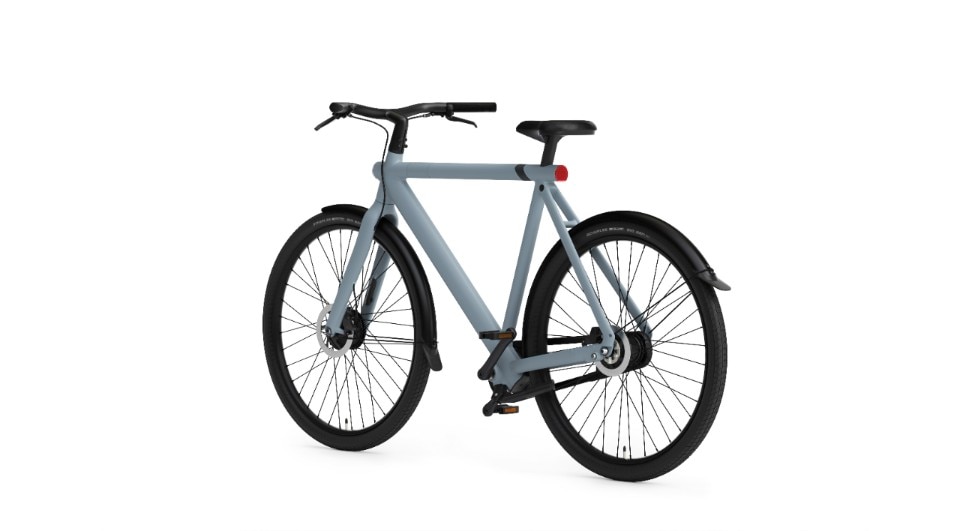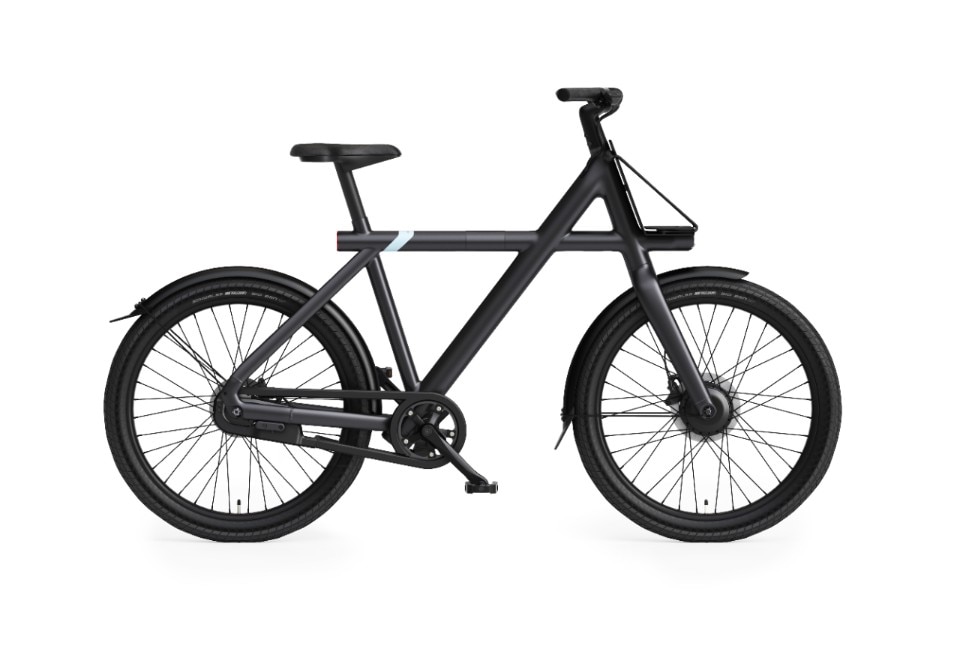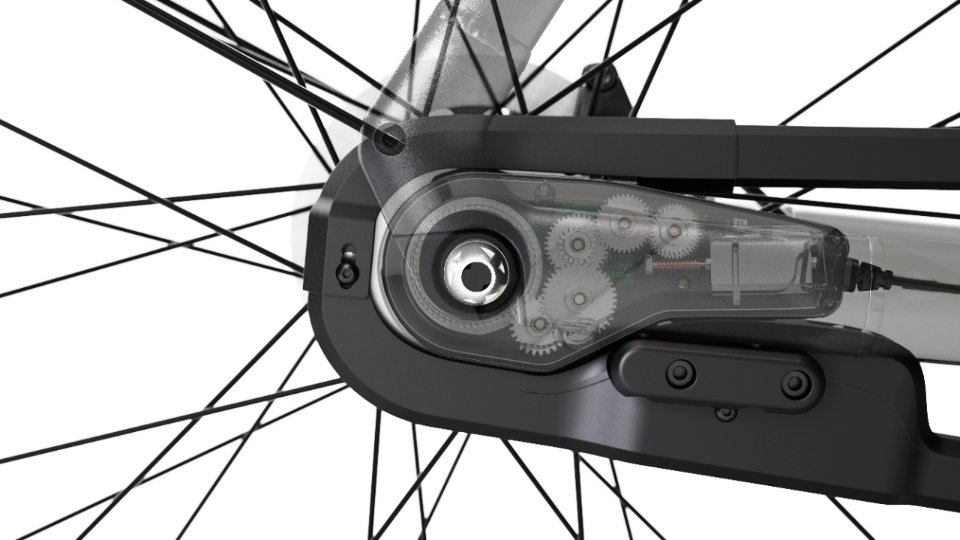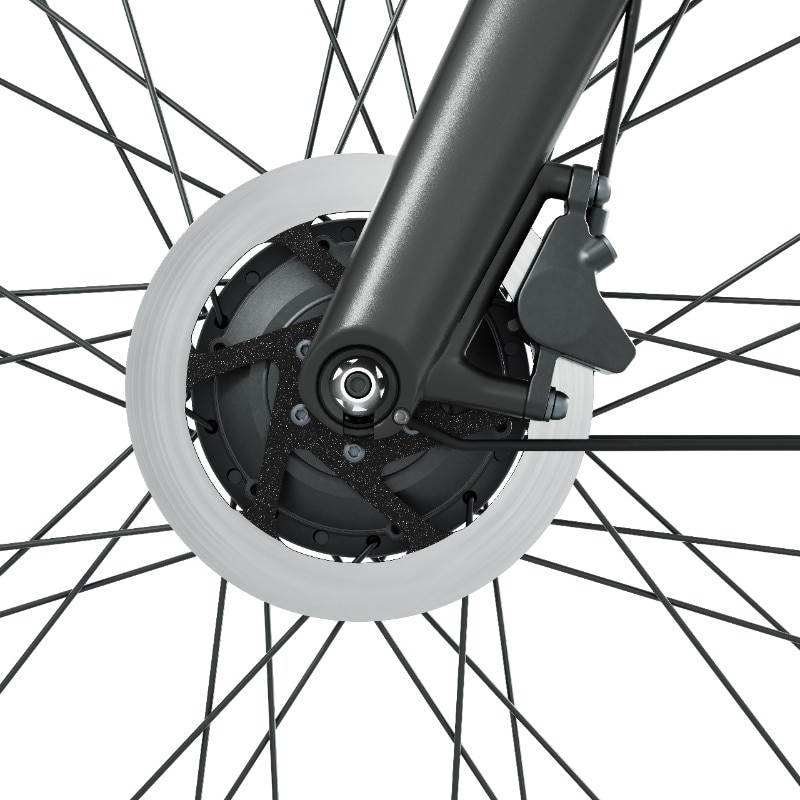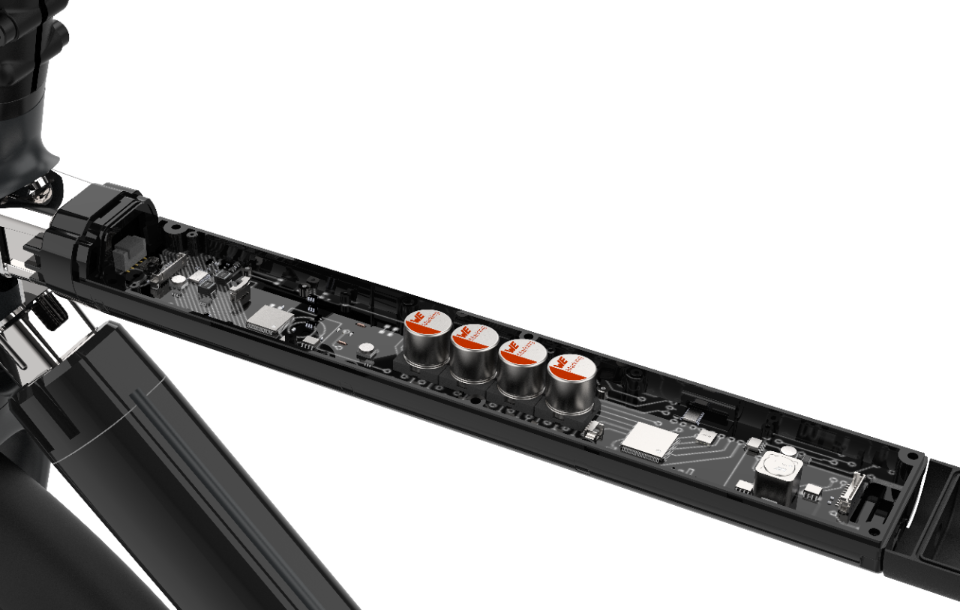VanMoof was founded in 2009 by two Dutch brothers, Taco and Ties Carlier. Ten years later, it is one of Europe’s fastest-growing companies. It’s also one of the most credible claimants to the bizarre but fitting title of “Tesla of ebikes”, thanks to advanced tech solutions and a minimal philosophy that is perfectly reflected in VanMoof’s offering. Just two models, both electrified, that stand as diverging declinations of the same design language, a simple but powerful grammar. Both bikes carry names as minimal as their frames: smaller X3, heir of a bike initially designed for Japan, and S3, that we reviewed here. Both have integrated batteries, on-vehicle alarm systems and now feature compatibility with Apple FindMy.
VanMoof just raised $128 million in funding in 2021, making it the most funded ebike company in history. The brand has stores in the major cities of 3 different continents, and more announced to come, and counts a community of 150,000 riders, targeting to get “the next billion on its bikes”. To do so, obviously, delivering the best electric bike you can is essential, but not enough. Something has to change in cities and the way people commute. We had the chance to talk about this with co-founder and CEO Taco Carlier, a conversation ignited by the results of a recent research: cycling is 10 times more important that electric cars to decarbonize the cities.
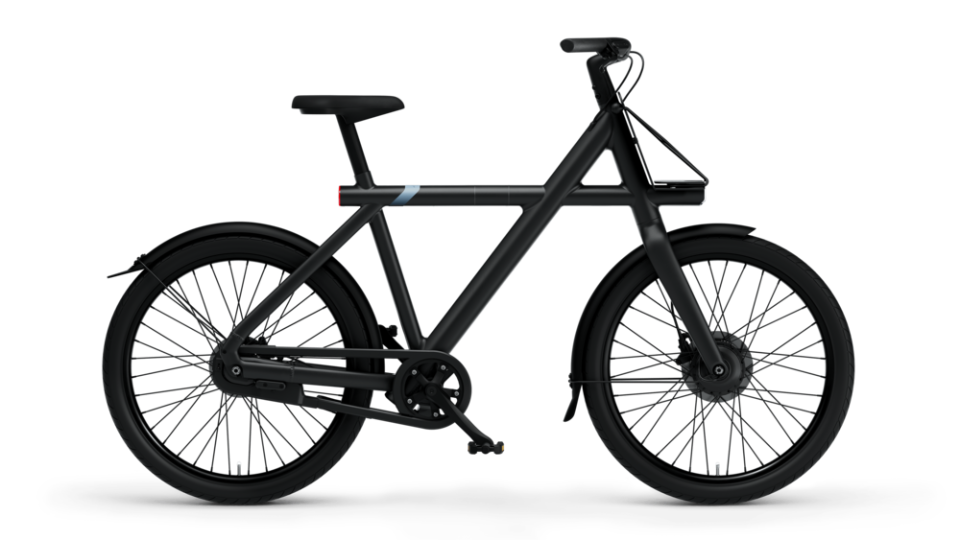
In Amsterdam right now, almost 50% of all commuting is on a bike, Carlier explains, but if you want to ride a bike in New York or San Francisco or London, Paris or Milan, it’s much more challenging, as they are bigger, or summers are much warmer, or they have hills. And that’s where electrification takes the stage. “Ebikes turn cities into little Amsterdams”, says Carlier, adding that “electrification will change everything”. He says that he always thought it would take at least 25 years to electrify cities. “And that we needed a lot of bike cycling infrastructures for that”: but in the end, that’s not true, “and that’s the big learning of this pandemic”.
Everybody mentions how fast bike traffic took over in Bogota, or Paris.
Yes, the example of Paris showed that if you just close down streets to cars, or lower the speeds so that bikes and cars merge and ride together on the same road, then you see that bikes will pop up right away. Cycling infrastructure is great, but we can do it much faster that we thought. Another great thing about the pandemic is that it opened up the minds of a lot of people. They saw how much better cities are with less cars.
So, was the global lockdown the beginning of a new era?
The beginning of a revolution. Our sales has grown by 312% in 2020, compared to 2019. I think that this will continue after the pandemic, but still we have to fight for it.
How do you fight?
To make a culture shift, we need to make bikes beautiful, fun, that is not anymore the cheap solution when compared to car. We’ll create high tech, high quality but still affordable ebikes, so we can convert the masses.
Automotive brands are working on infrastructures for electric cars in cities. And you?
I foresee that more and more plugs will appear on the streets, governmental plugs, but also commercial plugs. But we have a pretty big battery, so you don’t have to charge it every day. I’m positive that recharge won’t be the biggest obstacle to converting electric transport within urban areas.
In 2018 you launched the electrified S2 and X2, in 2020 you upgraded to S3 and X3. Isn’t this close update cycle a contradiction for the paladins of environment-friendly commuting?
For us, building a high-quality bike is important because there’s nothing worse than a completely environmental friendly bike that doesn’t work. And if you compare us to Apple, we’re now in a phase like the iPhone 3 and iPhone 4, every two years the product is so much improved that it doesn’t make sense to keep on selling the old one, while nowadays people don’t care anymore if they have an iPhone 11 or 12 or X.
Did you consider a subscription model?
We had that for our regular bikes. That worked out well, but then we didn’t found a bank willing to finance it. The project is not canceled, just delayed. But I am not convinced yet what the end model is: people who own a bike treat it so much better, that I am not completely sure if shared mobility is the way to go.
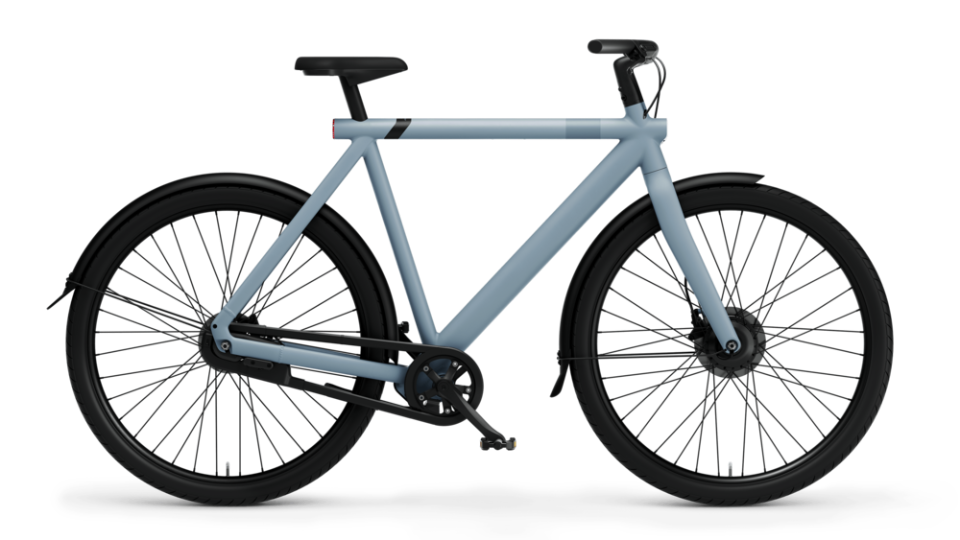
Why just two form factors, the X and the S?
At the moment, our focus is on improving the bikes while keeping them affordable. That’s why we have only two models. Maybe we’ll add one or two, but not more.
Do you plan any collaboration? Many tech brands did stuff with fashion brands... and you?
Don’t expect cooperations with design firms like Gucci, but more like the one we did with Apple to add Find My to the bikes, a function that genuinely improves the product. In future, we would love to add connectivity with health services or with urban systems like smart cities.
What role do you imagine for VanMoof in the connected city?
I’m not too sure about autonomous driving within cities. But I do see a lot of potential for the bikes being sensors. In the future, bikes could smell the air quality, could have more cameras to detect anything that happens. That could be an interesting topic, and we’re looking at it.
Meanwhile, you’re enhancing your presence in cities, opening many new stores, up to 50...
Yes.
But none in Italy...
(He giggles) As we grow bigger we could open a service hub in Italy, that’d be much more efficient in terms of decarbonisating transport.
How much relevant is territorial presence for you?
Actually, I am quite sure that traditional bike stores will be gone in the next 10 to 20 years. The bike industry will just follow the path of consumer electronics. Do you remember? In the past we had a radio store on every corner.
And who’ll repair bikes?
We’ll switch to a new system in which people will repair most of the problems by themselves, with spare parts and instructions we’ll send them.
That’s more or less what I did when my S3 had an issue. But first I checked with the international and the European Vanmoof groups on Facebook...
I foresee that bars will pop up where people come in and get help from others to fix their bike, and I think that’s perfect. And that happens if there’s a community of people who like to do that, and Vanmoof has a long history of trusted users. As designers, we have to create a bike with components that people can swap on their own.
A modular bike.
We are trying to design products more and more advanced, and at the same time, take care that components are swappable. To do that, we have to completely reinvent how bikes are made. In the current setup, bikes are designed to be repaired by bike mechanics. That’s the long term idea for the product.
In the electric car industry there are more or less two models today: the innovative Tesla, that updates a lot and frequently, and what we could call the German model, that of cars always perfect at launch.
I believe that the Tesla Model will completely overtake the other model, and then the Tesla Model will become like them. Tesla represented a complete disruption over how cars are made, designing and engineering the entire car: this allows being very innovative and making cars way less expensive.
And that’s not so distant from your model...
We’ve completely changed the way bikes are produced, applying the rules of the consumer electronics industry. We wanted to design the entire product, both hardware and software. That’s the best way to create a seamless experience and truly integrated products to electrify mobility. Tesla is doing it on the scale of transport between cities, and we want to be the company that does it within urban areas.


